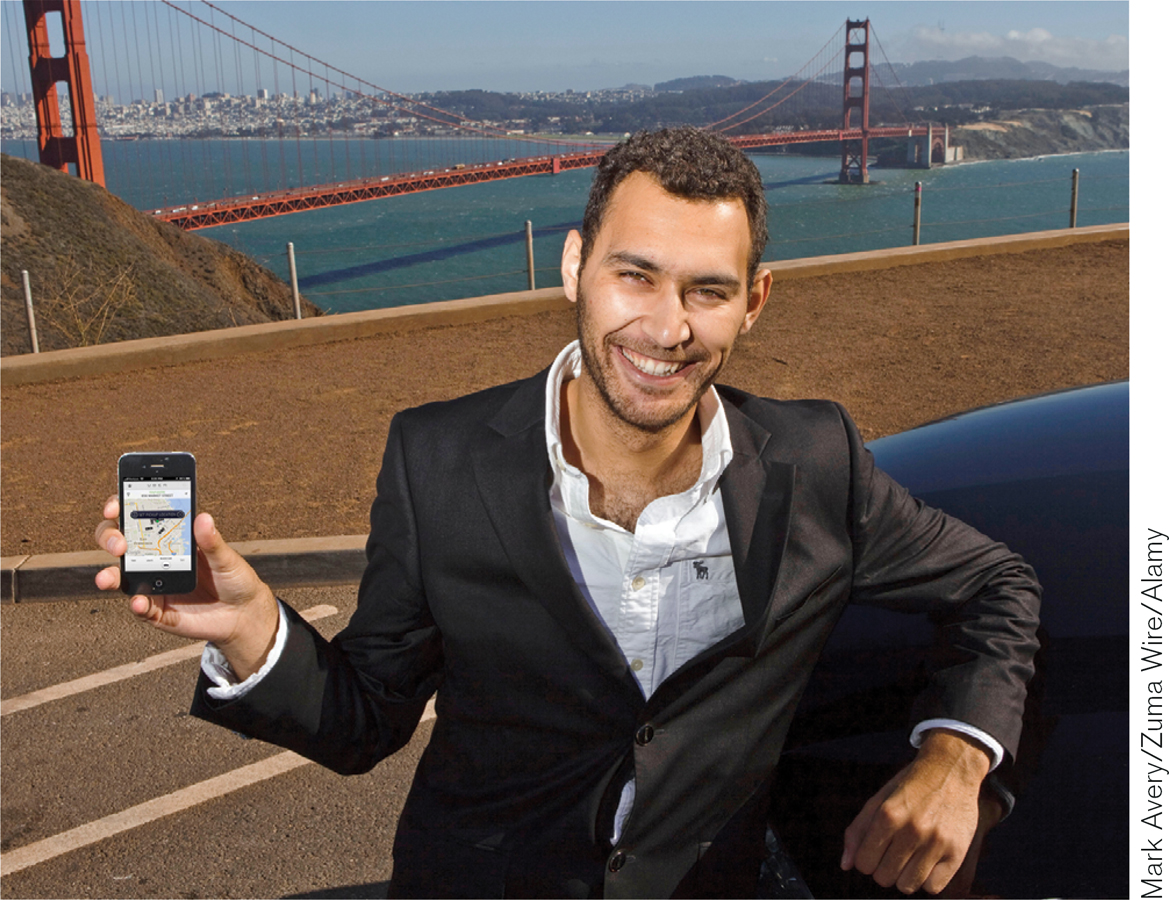Competitive Markets—And Others
Early in this chapter, we defined a competitive market and explained that the supply and demand framework is a model of competitive markets. But we took a rain check on the question of why it matters whether or not a market is competitive. Now that we’ve seen how the supply and demand model works, we can offer some explanation.
To understand why competitive markets are different from other markets, compare the problems facing two individuals: a wheat farmer who must decide whether to grow more wheat and the president of a giant aluminum company—
For the wheat farmer, the question is simply whether the extra wheat can be sold at a price high enough to justify the extra production cost. The farmer need not worry about whether producing more wheat will affect the price of the wheat he or she was already planning to grow. That’s because the wheat market is competitive. There are thousands of wheat farmers, and no one farmer’s decision will have any impact on the market price.
For the Alcoa executive, things are not that simple because the aluminum market is not competitive. There are only a few big producers, including Alcoa, and each of them is well aware that its actions do have a noticeable impact on the market price. This adds a whole new level of complexity to the decisions producers have to make. Alcoa can’t decide whether or not to produce more aluminum just by asking whether the additional product will sell for more than it costs to make. The company also has to ask whether producing more aluminum will drive down the market price and reduce its profit, its net gain from producing and selling its output.
When a market is competitive, individuals can base decisions on less complicated analyses than those used in a noncompetitive market. This in turn means that it’s easier for economists to build a model of a competitive market than of a noncompetitive market.
Don’t take this to mean that economic analysis has nothing to say about noncompetitive markets. On the contrary, economists can offer some very important insights into how other kinds of markets work. But those insights require other models, which we will learn about later on.
An Uber Way to Get a Ride
In a densely populated city like New York City, finding a taxi is a relatively easy task on most days—
But at times it is not so easy to find a taxi—
In 2009 two young entrepreneurs, Garrett Camp and Travis Kalanick, founded Uber, a company that they believe offers a better way to get a ride. Using a smartphone app, Uber serves as a clearinghouse connecting people who want a ride to drivers with cars who are registered with Uber. Confirm your location using the Uber app and you’ll be shown the available cars in your vicinity. Tap “book” and you receive a text saying your car—

Given that Uber provides personalized service and better quality cars, their fares are somewhat higher than regular taxi fares during normal driving days—a situation that customers seem happy with. However, the qualification during normal driving hours is an important one because at other times Uber’s rates fluctuate. When a lot of people are looking for a car—
But according to Kalanick, the algorithm that Uber uses to determine the surge price is set to leave as few people as possible without a ride, and he’s just doing what is necessary to keep customers happy. As he explains, “We do not own cars nor do we employ drivers. Higher prices are required in order to get cars on the road and keep them on the road during the busiest times.” This explanation was confirmed by one Uber driver who said, “If I don’t have anything to do and see a surge price, I get out there.”
QUESTIONS FOR THOUGHT
Question 3.6
Before Uber, how were prices set in the market for rides in New York City? Was it a competitive market?
Before Uber, how were prices set in the market for rides in New York City? Was it a competitive market?Question 3.7
What accounts for the fact that during good weather there are typically enough taxis for everyone who wants one, but during snowstorms there typically aren’t enough?
What accounts for the fact that during good weather there are typically enough taxis for everyone who wants one, but during snowstorms there typically aren’t enough?Question 3.8
How does Uber’s surge pricing solve the problem described in the previous question? Assess Kalanick’s claim that the price is set to leave as few people possible without a ride.
How does Uber’s surge pricing solve the problem described in the previous question? Assess Kalanick’s claim that the price is set to leave as few people possible without a ride.